Visit the Jasper County Freedom Rock on the Sully square, and you can find pavers honoring hundreds of military men and women who have served and sacrificed for the United States. Worth noting is the biggest section of pavers dedicated to one family – the Van Sants of the Sully area.
The Van Sant family’s U.S. military history runs deep – four generations deep to be exact. A total of 16 relatives have been honored with pavers, dating back to the patriarch of the family, Andrew Van Sant.
Andrew and his wife, Gertie (Van Hal), both emigrated from the Netherlands as children; Andrew was 10 and Gertie was a baby. Andrew was drafted into the U.S. Army in July 1918 and served until January 1919, when he was honorably discharged due to family hardship. Andrew’s dad had passed away when he was young, and the family was dependent on Andrew, the oldest son, to keep their farm going.
Though Andrew’s time in the military was short, the legacy of patriotism and service he began is long-lived. Andrew and Gertie married after his stint in the Army, and they were blessed with 12 children (one who died in infancy). All eight of their sons ended up serving in the U.S. military, with at least one serving during each of the World War II, Korean War, and Vietnam War eras.
Between Andrew and his sons, they compiled 44 years of military service. If all their years in the service were fully documented, the stories could undoubtedly fill a book. Summaries of their time in the military, however, are below and on the next page. They give a glimpse into the ways each of these Van Sant men served their country and helped establish the family’s inspiring legacy of military service.
Note: Of the eight brothers, five have passed away. The remaining three – Delmar, Harold, and Doyle – live in Arizona.
Patriotism lives on
The desire to serve this great nation continues to be passed down through the Van Sant family tree. In the generation after the eight brothers, three family members served in the military: Bryce A. Beerends, Thomas Martin, and Teresa Van Sant.
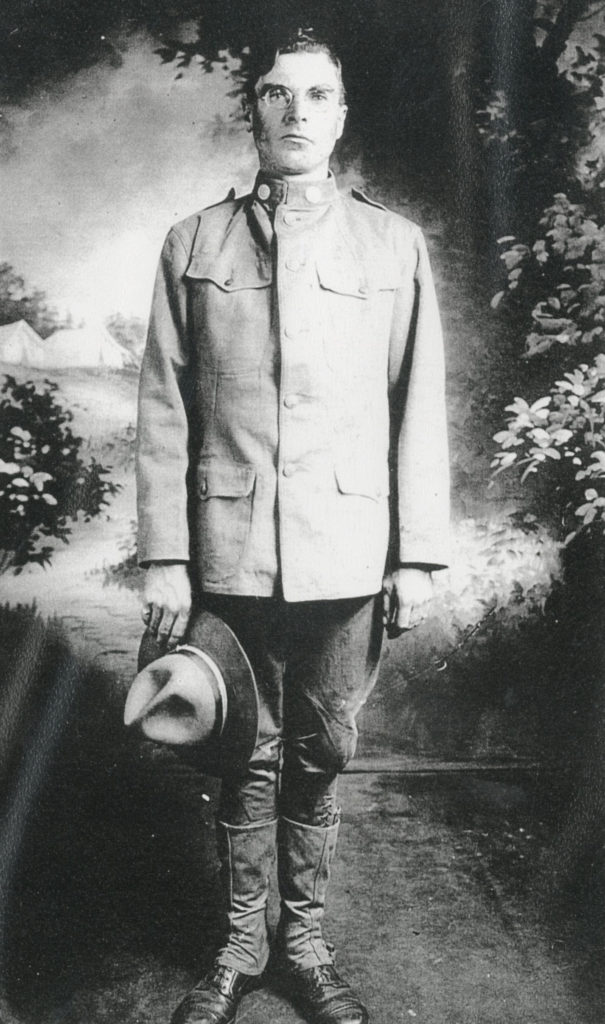
In the next generation (Andrew’s great-grandchildren), siblings Dustin and Tonya Horn and twins Ryan and Daniel Martin have carried on the family’s legacy of military service. The Van Sant patriotism for the U.S. is still strong and seen through examples like Dustin, who served in the Army National Guard from 2001 until 2009, when he was disabled in Afghanistan.
Despite the sacrifice he made, serving his country was, “My pleasure,” Dustin said, adding, “I would still be serving if I could.”
Andrew Van Sant
U.S. Army, 1918-1919
Private
Served during World War I
Andrew began serving in the U.S. Army on July 29, 1918. His boot camp and training for bridge building was at Fort Dodge in Des Moines. He served in Company C of the 212th Engineers at Fort Devens, MA, until Jan. 30, 1919. At that point, Andrew was sent back to Iowa and honorably discharged due to him being the oldest son and his family needing him back home. Andrew’s dad had died when he was around 8-9 years old, and the family was dependent on Andrew to run the farm. According to his discharge record, “Andrew Van Sant was born in the State of Holland. When enlisted, he was 26-9/12 years of age, and by occupation a farmer. He had blue eyes, brown hair, ruddy complexion, and was 5 feet 9-1/2 inches in height.” His character was listed as “excellent.”
- Geurt J. Van Sant
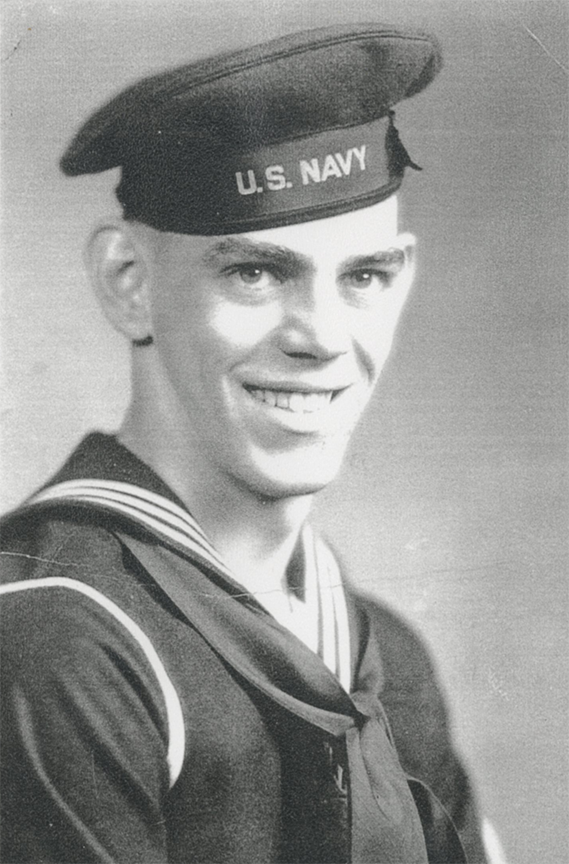
U.S. Navy, 1944-1946
Petty Officer 3/C
Served during World War II
Geurt was drafted into the service during his senior year of high school, entering the Navy in February 1944. His basic training was at Farragut, ID. After coming home on leave, Geurt was transferred to Bremerton, WA. From Bremerton, he went aboard the Battleship U.S.S. Maryland and went to San Francisco. Three days later, he was sent to the Hawaiian Islands. While aboard the U.S.S. Maryland, he was transferred to Hunters Point Naval Air Station for three weeks. He then boarded a troop ship headed to the Marshall Islands to board the U.S.S. Belleau Wood. On May 30, 1944, Geurt was assigned to the air department, which worked with planes on the flight deck during launching and landing of the planes. Geurt was on gas detail, fueling tanks on airplanes.
In a write-up documenting his time in the military, Geurt recalled, “One day as we were fueling an airplane, we were attacked by a Japanese torpedo plane. It passed behind the ship. I could see the Japanese.
pilot and machine gun operator. The gun crew on the back of our ship shot down the plane. The other Japanese torpedo plane made a run at the carrier the U.S.S. Franklin. I saw the torpedo drop from the plane. The plane flew over the ship and crashed into the water. All this time, I had a 100-octane gas hose in my hand and was sitting on an airplane with 380 gallons of gas in the tanks.”
In September 1944, Geurt transferred to below deck to the laundry. His battle station was up on the flight deck. His job was to pass ammo to a person, who placed it in the aircraft guns. In October, a Japanese fighter plane attacked them.
“I saw the Japanese plane as it dived for our ship,” Geurt wrote. “Just before it hit, I stepped under the flight deck. When it hit, the ship stopped for a moment and was pushed down about a foot in the water. We fought the fire for some time. Fleet Admiral Dawson gave the orders to abandon ship, but the ship’s Captain John Perry asked to delay the order for half an hour to continue fighting the fire. The fire was put out. The U.S.S. Belleau Wood had survived the Japanese Kamikaze attack.”
The ship was sent to Pearl Harbor for repair. On Thanksgiving Day, after they ate, the ship’s crew was told they were heading back to the States for repair. On Nov. 29, they arrived in San Francisco. The ship moved to Hunters Point for repair. Geurt left the ship for a 30-day leave back to Sully.
On Jan. 20, Geurt and his crewmates sailed for the war in the Pacific. They watched the Golden Gate Bridge fade away in the distance, wondering if they would ever see it again.
That fall, their command was to Tokyo, Japan, from Sept. 10-15 and Oct. 13-25. The ship was equipped with bunks on the hanger deck, and they transported Army men back to the States.
Geurt had a 30-day leave in December 1945. When he returned to Hunters Point,
his ship had left. He was then sent to Shoemaker Navy Base in California and then to Minneapolis, MN, where he was discharged on Feb. 12, 1946. He moved back to Sully and worked at the Sully Co-op from 1947 until he retired in 1990.

2. Willis H. Van Sant
U.S. Army, 1945-1946
Technician 4/C
Served during World War II
In January 1945, after the first semester of his senior year, Willis was inducted into the Army. His mother got his diploma for him in May. He was sent to Camp Roberts in California for his basic training in infantry. After a furlough home, he was shipped out for the invasion of Japan. After three days on the water, peace was signed.
Willis was then stationed in Japan as a Postal Clerk. While in Japan, he had to have his appendix removed. That was his only hospital experience during his lifetime until the accident resulting in his death in December 1999.
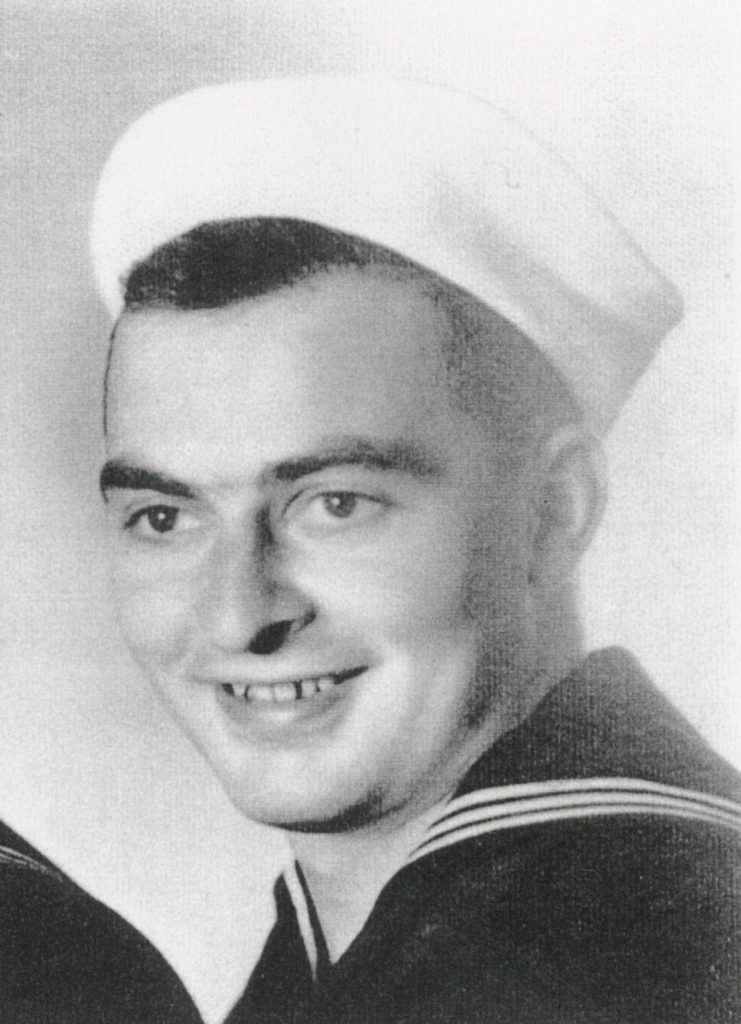
After Willis’ tour of duty in the service, he returned home and picked corn for Henry Van Roekel. His next job was at the Midwest Stamping Factory in Kellogg. In 1948, Willis started driving for Van Wyk Motor Freight, eventually having his own freight company from 1954-1989.
3. Dick J. Van Sant
U.S. Navy, 1952-1956
Seaman 2/C
Served during Korean War
Dick was inducted into the Navy in November 1952 in Des Moines and left for boot camp in San Diego, CA. After a leave, he joined his ship, the U.S.S. Hooper Island, in Sasebo, Japan. This was a repair ship which made several trips back and forth across the Pacific Ocean to Hawaii. When stateside, the ship ported at San Diego and Long Beach in California and Bremerton, WA. Dick was a cook and baker on the ship. His brother, Andrew Jr., served on the same ship in the laundry at the same time.
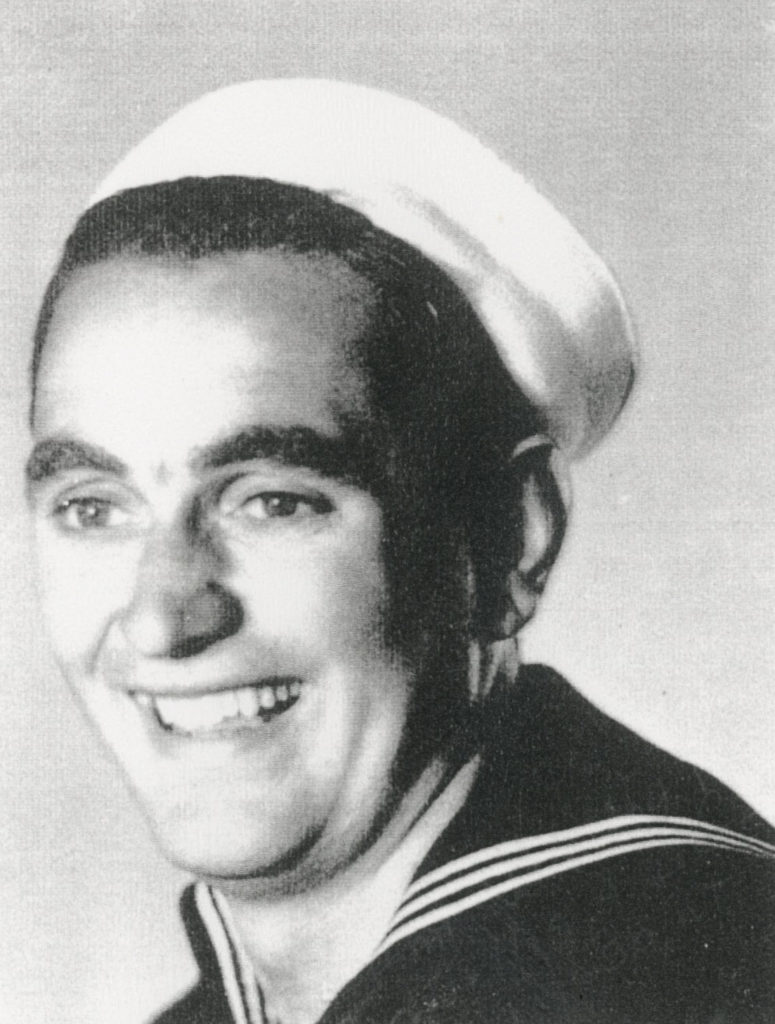
4. Andrew J. Van Sant, Jr.
U.S. Navy, 1952-1956
Seaman 3/C
Served during Korean War
In October 1952, Andrew joined the Navy, taking his boot camp training in San Diego, CA. He served on the repair ship U.S.S. Hooper Island. He worked in the ship’s laundry as the ship made several trips from California to Hawaii to Japan. Andy got married to Marcella Henderson from Colfax on Dec. 23, 1953, and they traveled back to San Diego until he was discharged in October 1956. They remained in California, residing in Long Beach.
5. Henry M. Van Sant
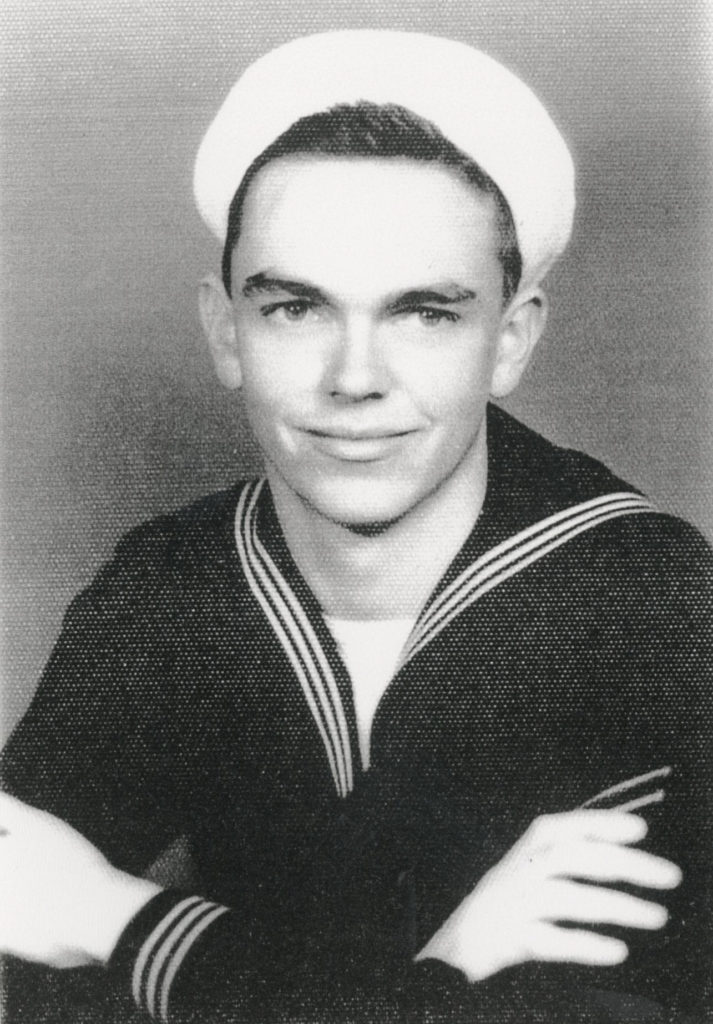
U.S. Navy, 1955-1959
ATC 3/C
Henry joined the Navy in September 1955 and went to Great Lakes Training Command in Chicago. After training, he went on to Norman, OK, to airman prep school. He found out he was to become an air traffic controller. After airman prep school, he was sent to Olathe, KS, to air traffic control school. Henry got out of the Navy in September 1959 and came back home to Sully. He applied with the federal government to become an air traffic controller and was accepted. Henry remained an air traffic controller, working in towers all over the U.S., until his retirement.
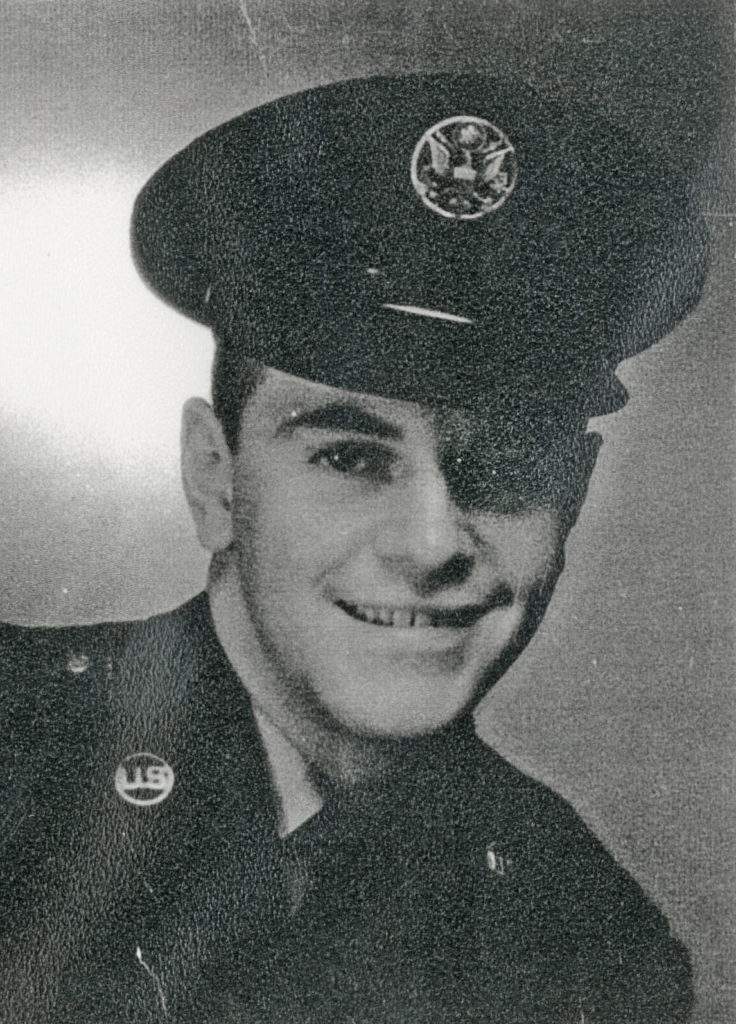
6. Delmar J. Van Sant
U.S. Air Force, 1959-1979
Technical Sergeant
Served during Vietnam War
After joining the Air Force in 1959, Delmar attended basic training at Lackland Air Force Base (AFB) in Texas. He served at Maxwell AFB in Alabama from June 1959 to April 1961. He was then shipped overseas and served in field hospitals in Japan and Vietnam until 1962, when he became a Flight Steward at Andrews AFB in Maryland. Delmar served on Air Force One and the High Government Officials Fleet. During that time, he flew with both President Johnson and President Nixon. He traveled all over the U.S. and to many foreign countries. Delmar finished his 20-year Air Force career at SAC AFB in Omaha, NE.
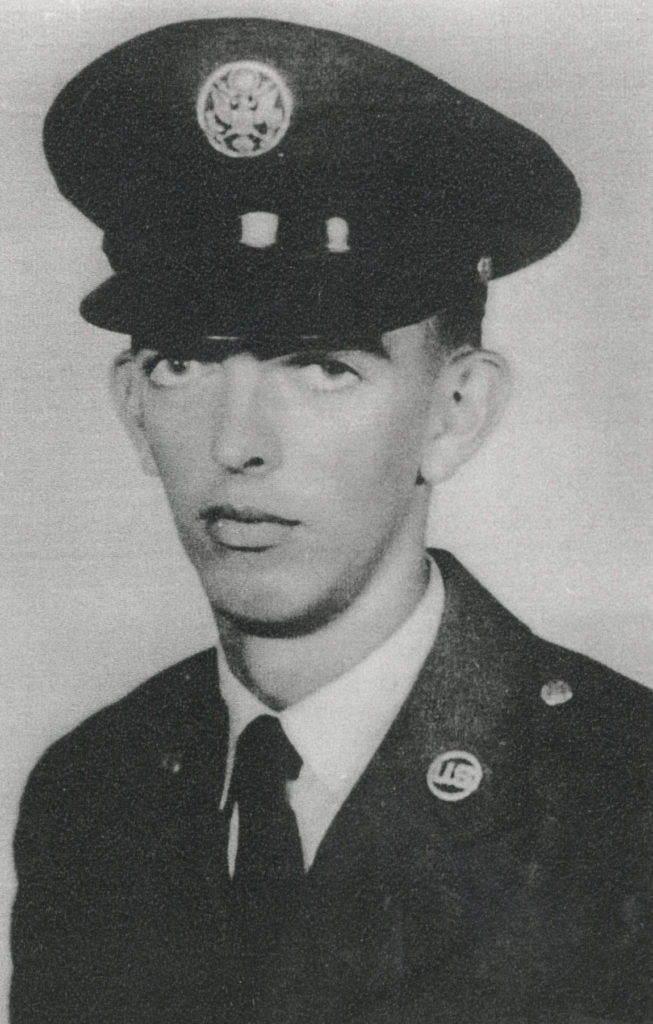
7. Harold E. Van Sant
U.S. Air Force, 1962-1966
Airman 2/C
Served during Vietnam War
One year after graduating high school, Harold enlisted in the Air Force in March 1962. His basic training was at Lackland AFB in Texas, and he was then sent to Keesler AFB in Biloxi, MS, for A.C.& W. (Aircraft Control and Warning) School. Harold was taught the use of radar to keep track of aircraft. He was then stationed at Stewart AFB in New York in September 1962 for one year and then was transferred to Luke AFB in Phoenix, AZ.
Harold remembers two major events in U.S. history that happened while he was in the military. The first was the Cuban Missile Crisis in October 1962. “For one full week, we slept and ate and worked in the radar building,” Harold recalled. “There were guards at the door. Nobody went in or out without orders.” One close call during that time was when a commercial airliner left New York, went beyond land radar, and shortly after, the pilot lost all his communications. He decided to turn around and come back to New York. Harold said they didn’t know who or what their radar was detecting that was flying towards New York. “We scrambled two fighter jets to go up and see who it was. We were two minutes away from firing a missile when we discovered it was an airliner.” The fighter jets then escorted the airliner back to New York.
The second major event Harold remembers was the assassination of President John F. Kennedy. “That was a sad time for our nation,” Harold said. At the time, Harold was stationed at Luke AFB in Arizona, where his job was to identify all planes coming in from overseas.
On Mar. 28, 1966, Harold was honorably discharged from the Air Force and remained in Arizona as an employee of General Electric.
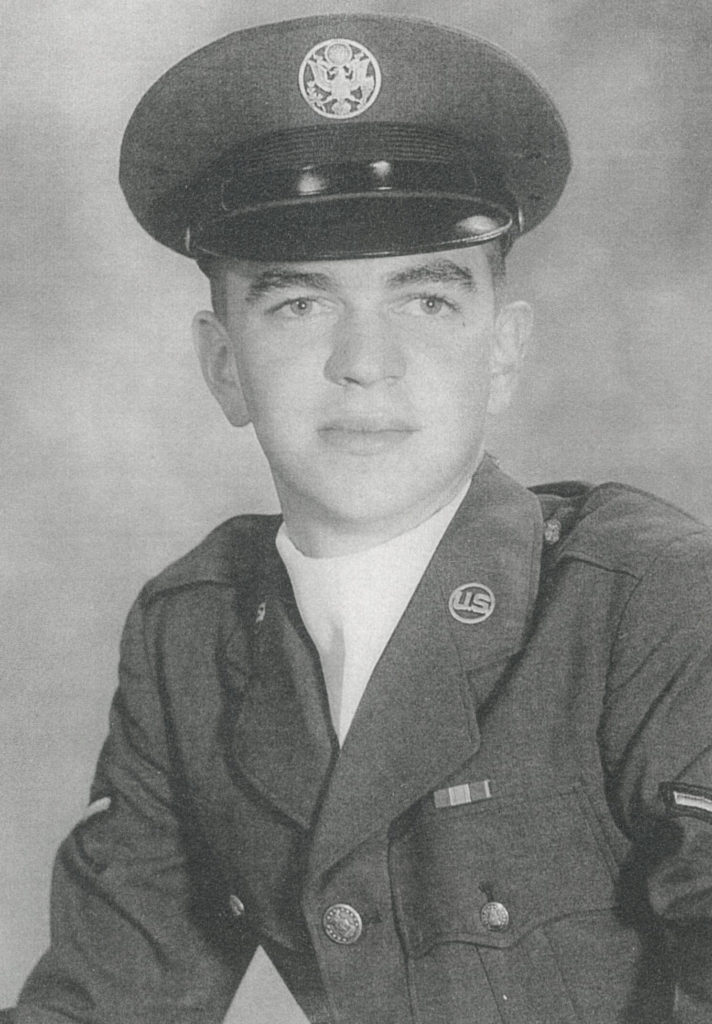
8. Doyle L. Van Sant
U.S. Air Force, 1967-1971
Sergeant
Served during Vietnam War
In September 1967, Doyle joined the Air Force. His basic training was at Lackland AFB, TX, and from there, his first duty was
at Vandenberg AFB, CA, where he started job training for the Military Police. He stood guard duty on a lot of missile sites and also the MP at the front gate to the base. There was a lot of spit and polish with this duty.
Before shipping out to Vietnam, Doyle was sent back to Lackland AFB for training and then back to Vandenberg AFB. At this time, he was notified that his dad had passed away and was sent home for a short furlough. Doyle’s Vietnam tour was from 1969-1970 at Cam Rahn Bay AFB where he had more training and worked the night shift from 10 p.m.-8 a.m. as Base Defense. After a couple months in Vietnam, Doyle was on TDY (temporary duty) for what the Air Force called “light artillery training” on the 50 caliber machine gun, recoilers rifle (bazooka), 60 and 80 mm mortars. Then he was sent back to Cam Rahn Bay AFB and put in charge of the mortar battery on the night shift.
When Doyle’s tour in Vietnam was over, he was stationed at Hill AFB, UT, in the Military Police unit and then assigned to the gunnery range where the jet fighters do their training. Later, he was assigned to the armory at the main base where the off-duty MPs keep their M-16s and pistols. Besides handing out and checking-in all the weapons at shift changes, Doyle had to keep track of all the ammo.
Doyle was honorably discharged in September 1971 while stationed at Hill AFB, UT, and moved to Phoenix, AZ.




